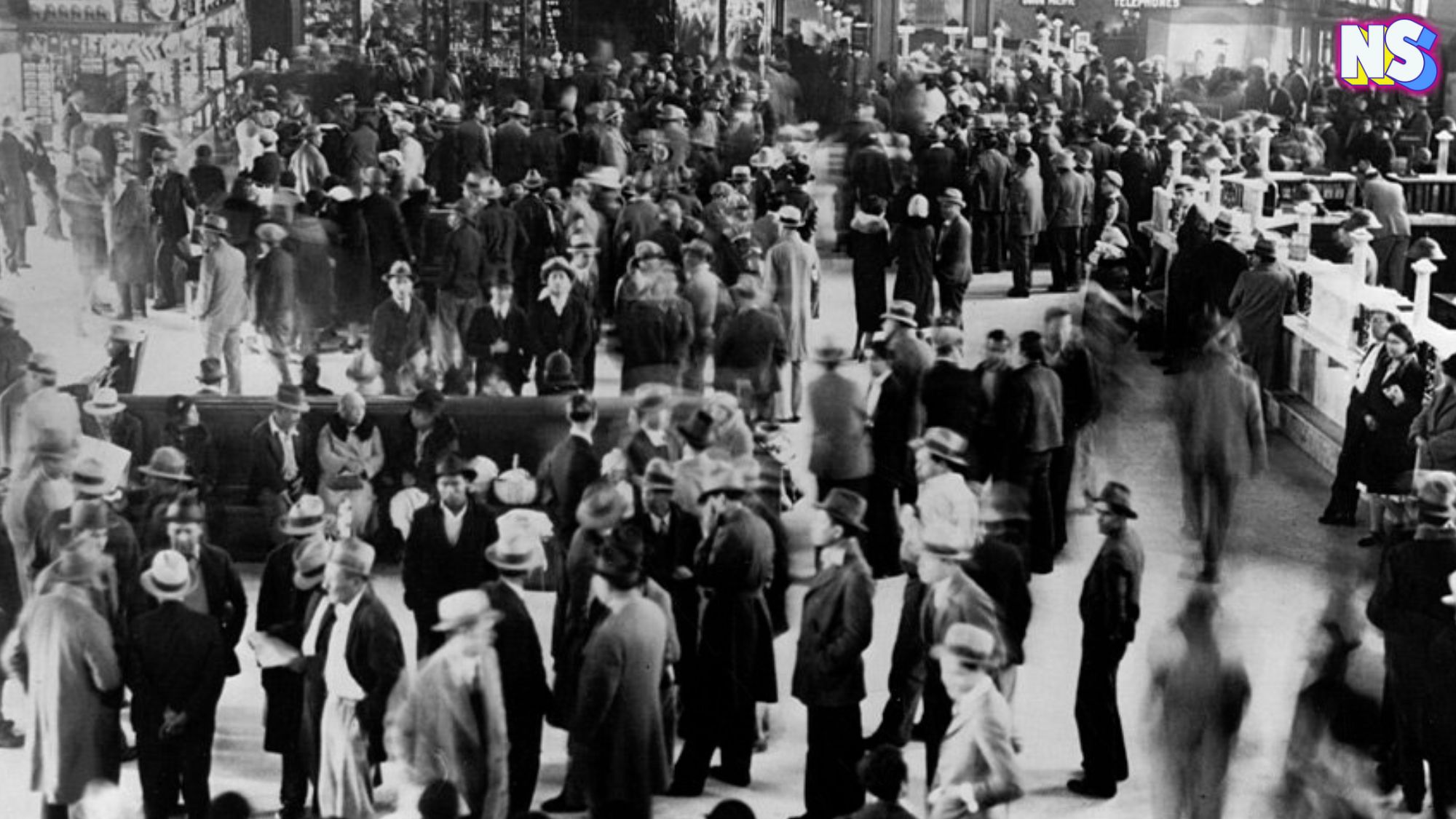So sweet and so refined.
It's sugar, the world's favorite sweetener.
But, its history? Now, that's less sweet.
You see, when you look at sugar's long journey into Latino’s lives, you'll see it's a complicated rollercoaster ride – deeply intertwined with the rise of empires, the exploitation of labor, and the global exchange of goods.
The sweetener may be small white crystals to the blind eye, but this substance has been powerful enough to shape economies and cultures around the world.
But how and where did this delicious goodness come from in the first place?
Let's explore sugar's long journey through different times and civilizations to its place in our Abuelita's café con leche.
Sugar's Ancient Origins
The history of sugar is a long and complex one, dating back thousands of years.
As for the sugarcane plant itself, from which sugar was first derived, it is believed to have originated in Papua New Guinea or Southeast Asia.
Although the exact time of sugar's discovery is unknown, historians do agree that ancient civilizations like the Indians, Chinese, and Polynesians were using sugarcane for various purposes, including making sweet treats and medicinal products.
According to the United States Sugar Association's “History of Sugar: Making Life Sweeter,” the first domestication of sugar cane can possibly be pin-pointed to 8000 BCE with the indigenous people of New Guinea, who chewed it raw.”
In 100 CE, crystallized sugar was found in Roman and Greek civilizations, as medicine to treat indigestion and stomach ailments.
Fast forward to the 6th and 7th centuries, when sugarcane cultivation and processing techniques spread to Persia (modern-day Iran), where the Arabs played a crucial role in further disseminating the cultivation of sugarcane across the Middle East, North Africa, and the Mediterranean region.
Then, in the 11th and 12th centuries, it's believed that European crusaders encountered sugar in the Middle East and quickly brought back sugar to Europe (once again), where it remained a rare and expensive luxury for centuries.
By the 15th century, European explorers, especially the Portuguese, started colonizing islands in the Atlantic, such as Madeira, the Azores, and the Canary Islands, to cultivate sugarcane.
In fact, in Portugal's Madeira, sugar was cultivated for large-scale refinement with “about 70 ships were involved in the Madeira sugar trade, and refining and distribution were based in Antwerp” according to the U.S. Sugar Association.
Historians note that the islands provided an ideal climate for sugarcane production, which led the Portuguese to create large-scale plantations with, sadly, forced labor, which included enslaved Africans.
As the Europeans expanded their colonial empires in the New World, sugarcane plantations were established on a massive scale in the Caribbean and South America.
The production of sugar was, in turn, the driving force behind the transatlantic slave trade, as enslaved Africans were forcibly brought to work on the plantations.
Then, in the 19th century, thanks to technological advancements, such as the development of steam-powered mills and better refining processes, revolutionized sugar production, sugar-making became more efficient and affordable.
This was the beginning of Cuba's “azucar” revolution.
Cuba, Celia Cruz, and “Azucar”
In the early 1900s,Cuba became known as “the world’s sugar bowl” supplying “several million tons of sugarcane per year,” according to bartelby research.
The Caribbean island was one of the world’s main sugar producers, exporting more than 6 million metric tons annually.
Cuban landowner José Manuel Casanova once said: “without sugar there is no country.”
Yet, today, the country is struggling to keep its last few sugar refineries open, due to difficult economic times.
Sugar, or azucar in Spanish, will forever be tied to Cuban thanks to one of its most famous ??, Salsa singer Celia Cruz.
Cruz, who got her start as the lead vocalist for the Cuban group Sonora Matancera famously adopted her signature cry, “¡Azúcar!” She says it originated from an encounter at a Miami restaurant where a waiter inquired how she wanted her coffee sweetened.
“... I answered: “azúuuuucar”, because it was obvious I couldn’t drink Cuban coffee without it,” Celia Cruz explains on the official CeliaCruzFoundation site. “That night during the show, I told the story and the audience died laughing. Later, the public started requesting that I tell them the story about the sugar … Until I grew tired of it, and before they asked I came out screaming: “Azúcar” … I never told the story again, but kept repeating the word.”
The simple story of the Cuban salsa singer ordering sugar for her coffee has evolved in recent years.
“As she, a black Cuban woman, continued to use “¡Azúcar!" as an interjection in songs and performances, it took on greater meaning as a remembrance of enslaved Africans who worked on Cuban sugar plantations,” the Smithsonian’s National Museum of African American History and Culture explains.





